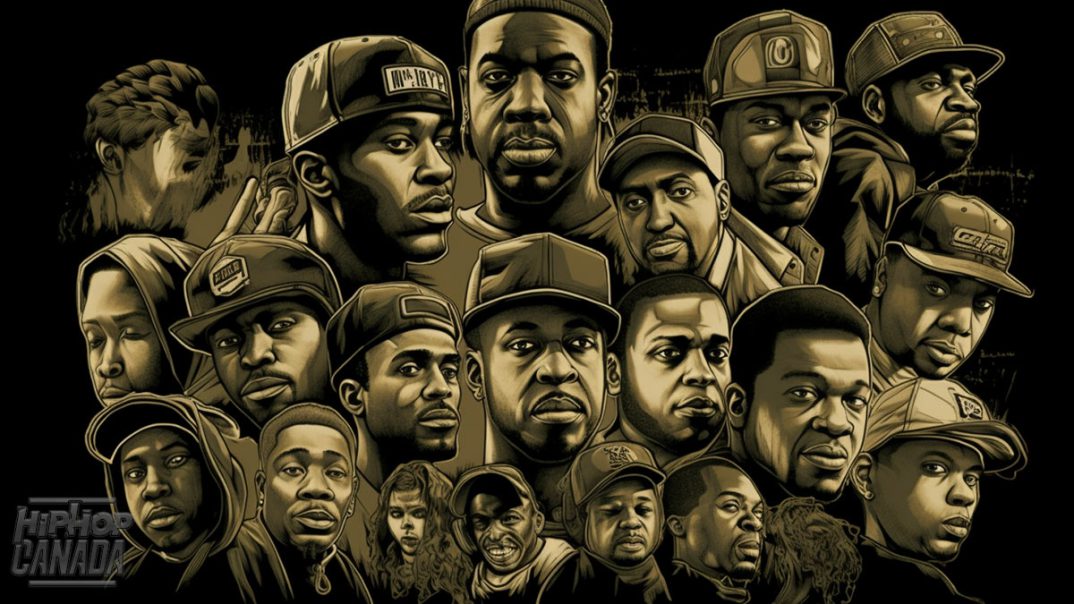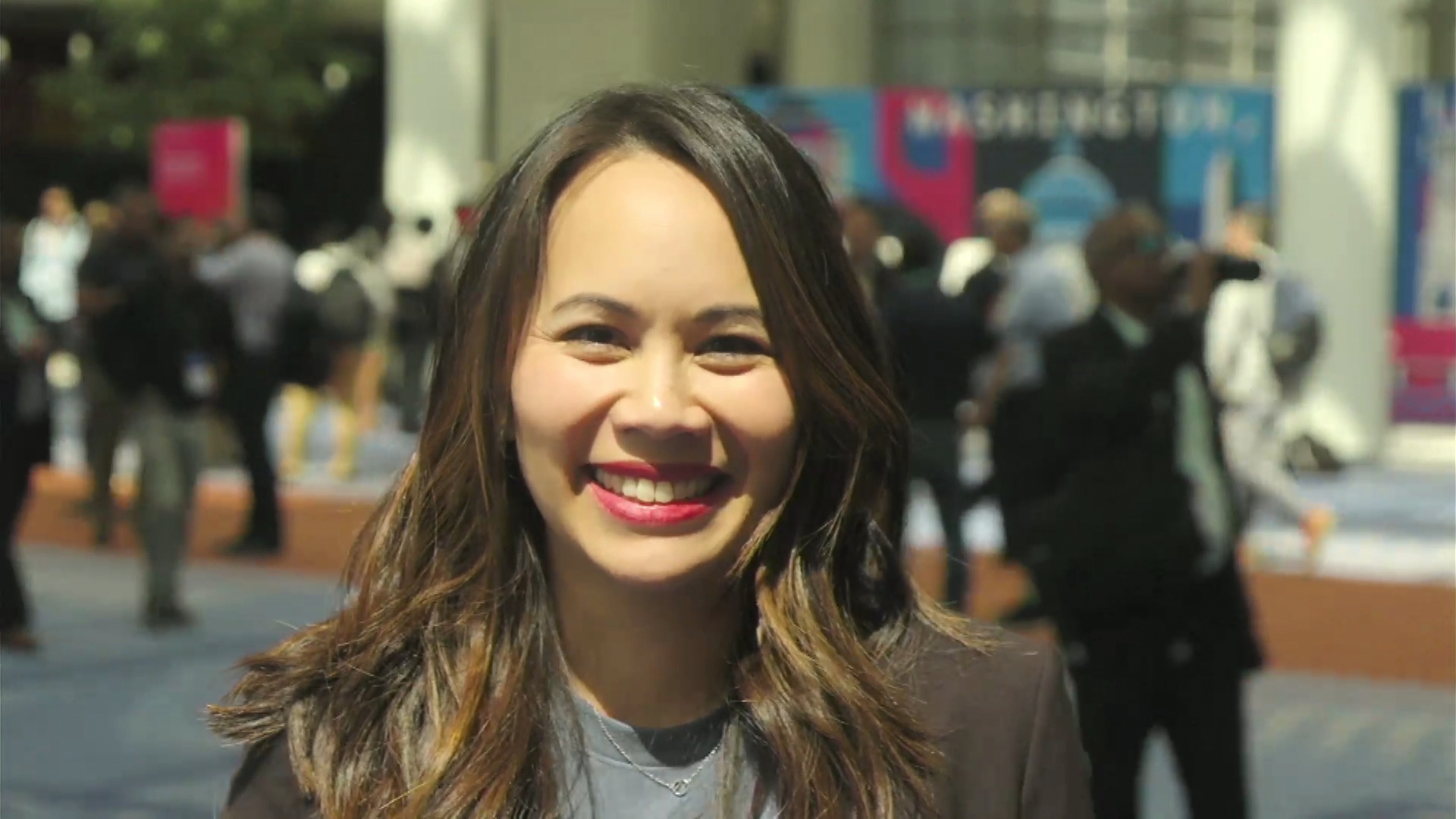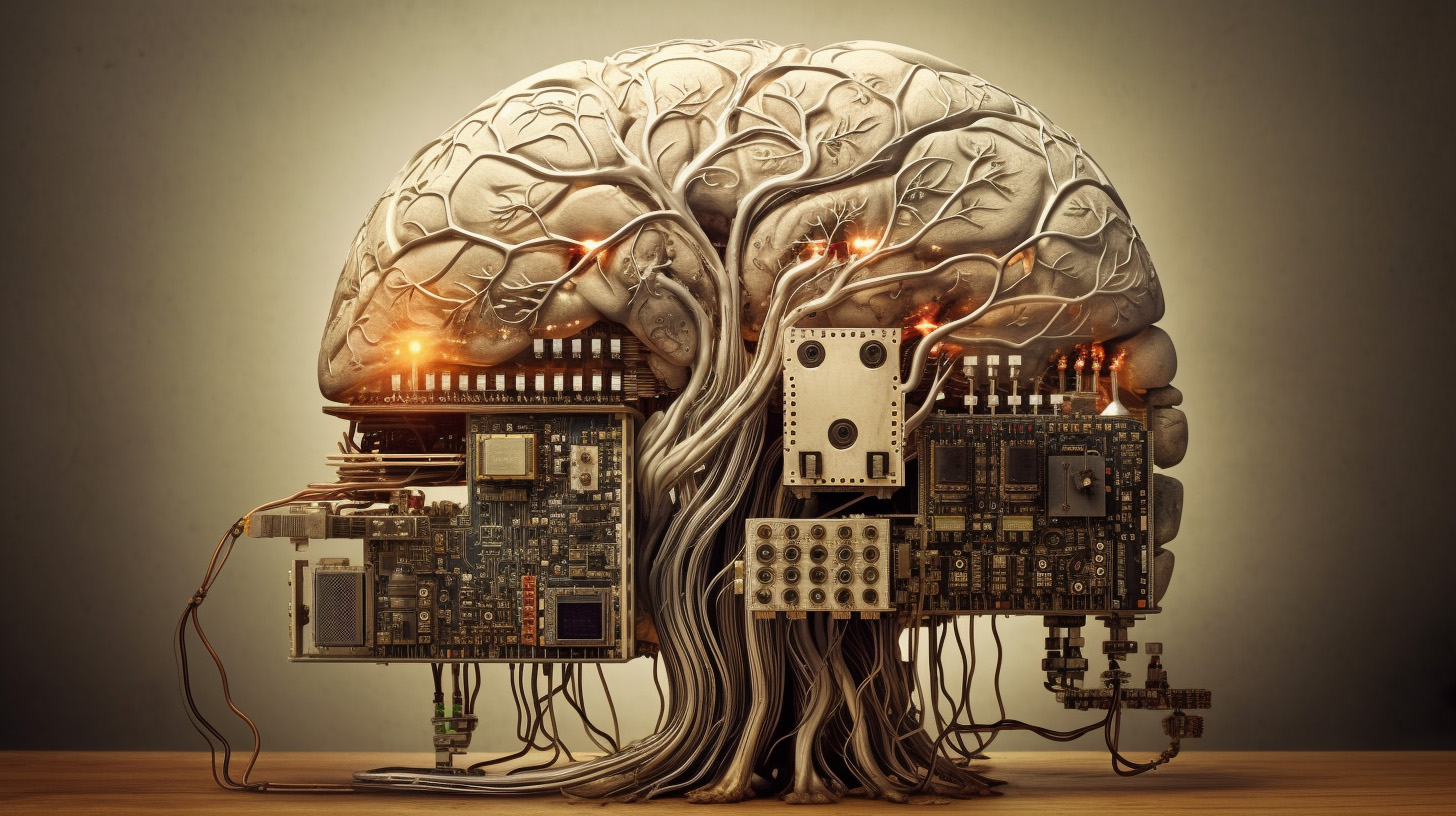Using a simple prompt, Midjourney AI visualizes the “4 elements of hip-hop” in a bold experiment, producing a series of 20 unique, AI-generated images that attempt to capture the essence of DJing, MCing, breakdancing, and graffiti. (scroll down for the slideshow).
When we handed over the reins to Midjourney AI with the prompt “4 elements of hip-hop,” we had no idea how an algorithm could interpret the core pillars of this influential culture. What we got in return was quite the interesting visual experience—a 20-image collection that presents AI’s bold vision of hip-hop’s DNA, showcasing DJing, MCing, breakdancing, and graffiti as you’ve never seen before.
Midjourney, like other AI art generators, works by employing machine learning algorithms that analyze vast datasets of existing art, photos, and cultural imagery. It uses a process called diffusion, where an image is created by gradually refining random noise into recognizable forms based on the input prompts. This technology, known as Generative Adversarial Networks (GANs), pits two neural networks against each other: one generates the images, and the other evaluates how closely they match the intended result.
AI systems like Midjourney are trained on millions of visual examples from hip-hop culture, music, and street art. When prompted with “4 elements of hip-hop,” the AI cross-references everything it has learned about DJing, MCing, breakdancing, and graffiti. This allows it to remix cultural symbols, colors, and styles into a new, AI-driven artistic expression.
However, using the prompt often leads to heavily stereotyped representations. After more than 50 image generations, most featured men, and it took 12 attempts before a woman appeared in the visuals. The images heavily borrowed from familiar aesthetics—rap album covers, press photos, and posters—recreating iconic 90s hip-hop imagery and reinforcing familiar clichés. The AI frequently portrayed exactly four individuals, likely because of the “4” in the prompt, despite it symbolizing the four elements of hip-hop as a cohesive whole.
While some aspects of the culture were captured, the images often lacked depth and diversity, resulting in a simplistic portrayal that might align with what an outsider would anticipate. In one instance, the AI even generated imagery resembling a periodic table instead of hip-hop elements—an inclusion that underscores how AI can sometimes miss the mark.
Despite these limitations, the real magic of AI art like Midjourney’s lies in its ability to push the boundaries of traditional creativity. Where human artists often rely on familiar techniques, AI explores possibilities using statistical probabilities, which can lead to unexpected, visually stunning results. In this case, Midjourney likely tapped into urban textures, abstract depictions of sound and movement, and street culture aesthetics—hallmarks of hip-hop—in ways a human artist might not anticipate.
As AI-generated art continues to evolve, it raises important questions about creativity and authorship. How much of these visual representations come from AI’s interpretation versus the cultural data it has learned from? And what does this mean for the future of art, where machines are no longer just tools but creative collaborators alongside humans?




